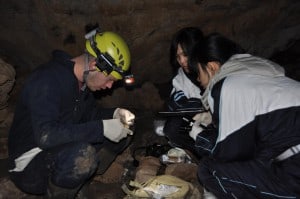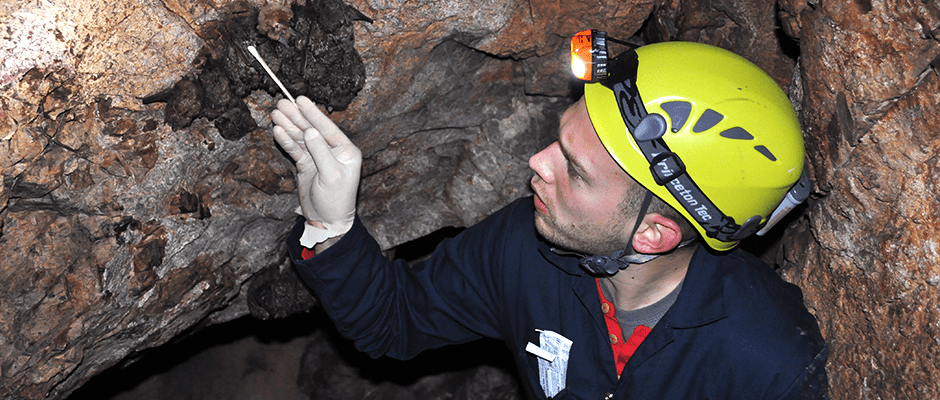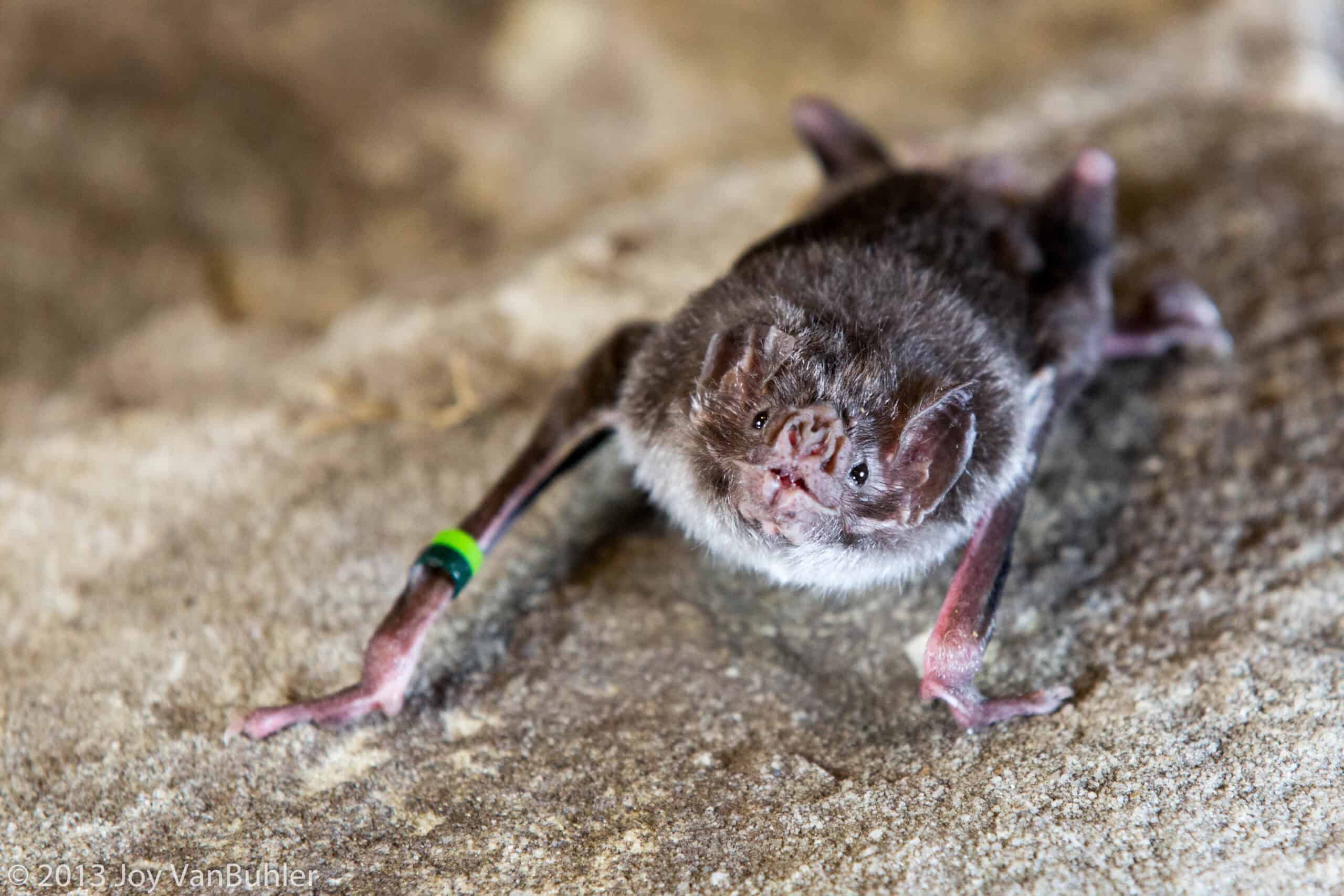Share this article
White-Nose Syndrome Discovered in China
For the first time, researchers have found that white-nose syndrome — a deadly disease that’s wiped out numerous bat populations — isn’t confined to Europe and North America; it’s also in China.
“Up until this point, there has been a European-centric view about white-nose syndrome,” said Joseph Hoyt, a graduate student at the University of California, Santa Cruz and lead author of a recent study published in the journal Emerging Infectious Diseases. A lot of management solutions and understanding of the disease come from Europe, he added.
In collaboration with Northeast Normal University in northeast China, Hoyt tested bats in the region’s caves to determine if they are infected with P. destructans, the fungus that causes white-nose syndrome. “We didn’t know much beyond how widespread this pathogen is and that it’s causing mortality in other areas,” he said.
Hoyt and his team visited three provinces in northeast China in the summer of 2014 and collected samples from different species of bats. The sites they chose resembled climate conditions to Europe and North America where the fungus has been detected. The researchers found that three different bat species tested positive for the fungus including the eastern long-fingered bat (Myotis macrodactylus), the large myotis (Myotis chinensis) and the Ussuri tube-nosed bat (Murina ussuriensis).

Lead author and graduate student Joseph Hoyt swabs a bat in a cave in northeast China with two graduate students from Northeast Normal University to. Image Credit: Guanjun Lu
As a follow up, the team sampled bats in March of this year to retest them for the fungus, and detected P. destructans in three additional species including eastern water bats (Myotis petax), the greater horseshoe bat (Rhinolophus ferrumequinum) and the greater tube-nosed bat (Murina leucogaster). Hoyt and his team collected tissue samples from bats and also completed culture swabs to grow the fungus and to compare the samples to P. destructans. The team also detected lesions on Eastern water bats that were confirmed to be a result of the deadly fungus.
Still, bat mortalities as a result of the disease don’t appear to be as high in northeast China compared to the U.S. “It’s likely the fungus has been present in Europe and China for tens of thousands of years,” he said.
Hoyt urges people — especially cavers and researchers — to think cautiously when traveling to different regions of the world. “It’s risky not to know where pathogens are present when going into North America. It’s possible that people could be moving it around to new locations,” he said. “We need to be really careful cleaning our gears and moving between sites.” While it’s rare that the fungus will be spread by humans, all it takes is one event to cause devastating effects, Hoyt said. “Anything we can do to reduce the risk, we should,” he said.
Hoyt hopes to continue research on white-nose syndrome in China. He plans to study winter survival of bats in areas where the fungus has been established for a long time and to further examine the mechanisms that could be allowing bats to persist with the fungus.
Header Image: Hoyt swabs a cluster of greater tube-nosed bats (Murina leucogaster) for P. destructans, the fungus that causes white-nose syndrome. Image Credit: Guanjun Lu








